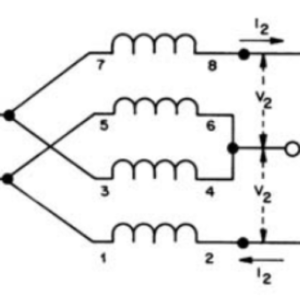I use an external 50V power supply for my amplifiers, the ESP 120. This gets a clean, powerful, well regulated 50V into the enclosure for the RF Pallet.
In the essence of keeping everything as simple as possible, I tap off of this 50V and regulate down to 14V to power the low power circuits, like the relay sequencer and the relays themselves.
This sounds trivial, right? I initially thought so, however I found it challenging because I did not want a regulator that runs hot and requires a lot of heat sinking.
The challenge is the voltage drop of 36V (50V to 14V), times the current delivered (P=EI) has to be dissipated as heat in the regulator.
At just 1A, you’re looking at 36W dissipated as heat, which will easily put a pass transistor into thermal runaway without a substantial heatsink.
Many designers will use a synchronous step down regulator, also known as a buck regulator. I did not want that complexity in my amp.
Instead, I took a hybrid approach of spreading the current across three extremely overrated pass transistors, and dropping the 50V to a lower voltage across a large power resistor prior to the regulator.
Admittedly, this would be a fairly poor design if you had to deliver large currents into varying loads. However, it’s perfectly acceptable and predictable if you know your maximum load current. In this case, it’s just under 1A, so the voltage drop in the power resistor is still well above 14V and the regulator functions well.
Basically, this is designing for a very specific application and every power supply internal to a product, or integrated onto a PCB is designed exactly like this – for the specific purpose.
The resulting regulator runs ice cold while powering the LED and relay sequencer board. If you go key down and energize the relays it just barely gets warm after about five minutes and never gets any hotter.




D1 is a Zener. Just make it about a volt higher than you want as an output.
Q1-3 can be any NPN high current capable pass transistors.



Leave a Reply